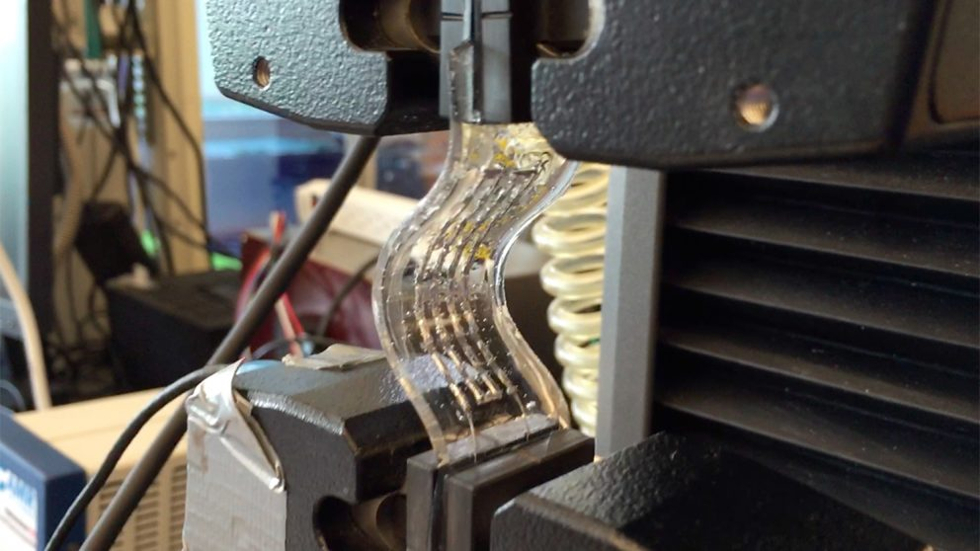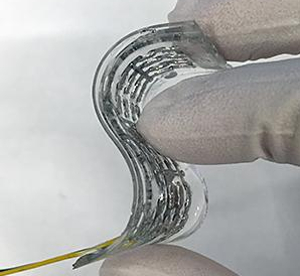
In the proof-of-concept study from North Carolina State University (NC State), researchers acknowledge that the performance and efficiency of flexible devices is inferior to rigid devices, which are used to monitor a variety of health and environmental measures.
"We wanted to design a flexible thermoelectric harvester that does not compromise on the material quality of rigid devices yet provides similar or better efficiency," said Mehmet Ozturk, a professor of electrical and computer engineering at NC State and corresponding author of a paper describing the work. "Using rigid devices is not the best option when you consider a number of different factors." These could include contact resistance, plus the ergonomic and comfort considerations to the device wearer.
Ozturk said that he and colleagues Michael Dickey and Daryoosh Vashaee wanted to utilise the best thermoelectric materials used in rigid devices in a flexible package, so that manufacturers wouldn't need to develop new materials when creating flexible devices.
According to Ozturk one of the key challenges of a flexible harvester is to connect thermoelectric elements in series using reliable, low-resistivity interconnects.

"We use a liquid metal of gallium and indium - a common, non-toxic alloy called EGaIn - to connect the thermoelectric 'legs,'" Ozturk said. "The electric resistance of these connections is very low, which is critical since the generated power is inversely proportional to the resistance.
"Using liquid metal also adds a self-healing function: If a connection is broken, the liquid metal will reconnect to make the device work efficiently again. Rigid devices are not able to heal themselves," Ozturk added.
Ozturk said future work will focus on improving the efficiencies of these flexible devices, by using materials and techniques to further eliminate parasitic resistances.
Dickey, Vashaee, Francisco Suarez, Dishit P. Parekh and Collin Ladd co-authored the paper - Flexible thermoelectric generator using bulk legs and liquid metal interconnects for wearable electronics - which appears in Applied Energy. The group also has a pending patent application on the technology.




Poll: Should the UK’s railways be renationalised?
Rail passenger numbers declined from 1.27 million in 1946 to 735,000 in 1994 a fall of 42% over 49 years. In 2019 the last pre-Covid year the number...